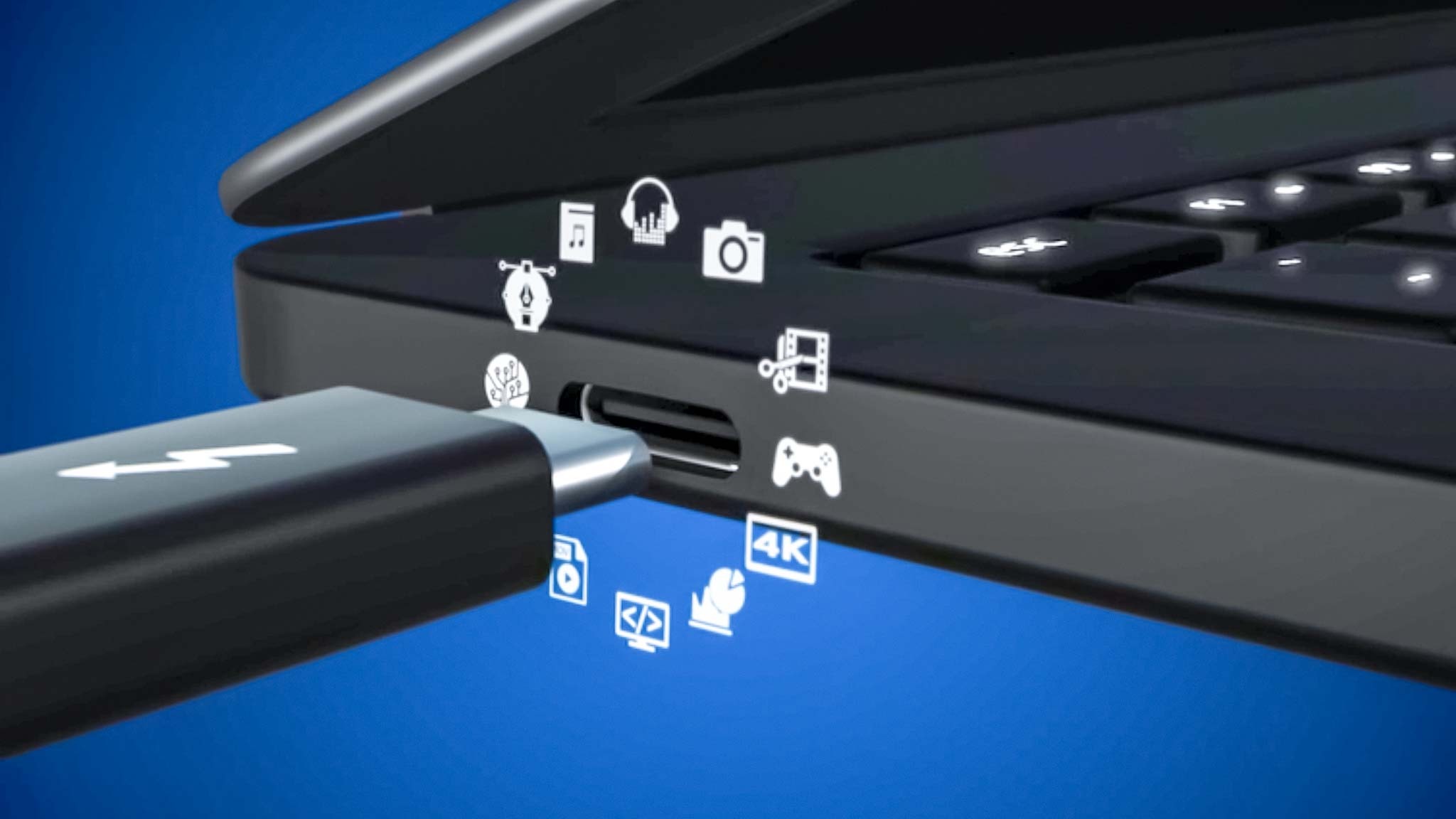
USB, Thunderbolt and HDMI could see a massive leap in performance according to new research. Currently, researchers are studying the affects of data transmission using thin plastic polymer versus copper, and the findings are incredible.
As presented at the February IEEE International Solid-State Circuits Conference and reported by MIT, new research by Raytheon, Intel, the Naval Research Laboratory and the Office of Naval Research suggests that polymer cables as thin as a strand of hair can transmit information ten times faster than USB.
- USB 4: everything you need to know
- These are the best cheap HDMI switchers to buy right now
- Plus: iPad Pro 2021 with mini-LED display release date just leaked
At the moment, copper is the material of choice for transferring data within cables. But copper has its downsides. It requires a lot of power when transmitting high amounts of data.
"There's a fundamental tradeoff between the amount of energy burned and the rate of information exchanged," said Raytheon's Jack Holloway, lead author on the research.
As data transfers continue to grow more dense, adding bulkier copper is becoming costly.
The researchers have instead opted for plastic polymer. It's lighter and potentially cheaper than copper, and more energy efficient when transmitting high amounts of data. It rivals the speed of fiber-optic, but is “compatible directly with silicon chips, without any special manufacturing,” said Holloway.
At the moment, total bandwidth for this plastic polymer cable is 105 Gbps. By comparison, USB 3.1 SuperSpeed tops out at 10 Gbps
Get instant access to breaking news, the hottest reviews, great deals and helpful tips.
But why make a new material when fiber-optics already exists? While fiber-optic, which uses photons, is great for transmitting data quickly with little energy, it doesn't play as well with silicon computer chips.
“There’s currently no way to efficiently generate, amplify, or detect photons in silicon,” says Holloway. “There are all kinds of expensive and complex integration schemes, but from an economics perspective, it’s not a great solution.”
What's fascinating about this research is how thin Holloway and his team were able to make these plastic polymer cables. At 0.4 millimeters thick, it's about the size of a human hair. Considering the HDMI 2.0 cables that snake behind your television are already bulky, this new technology could make cable management an absolute breeze.
And while 105 Gbps is blazing fast, researchers believe it can get faster by bundling plastic polymer cables together.
"Then the data rate will be off the charts,” said Ruonan Han, associate professor at MIT’s Department of Electrical Engineering and Computer Science (EECS). “It could be one terabit per second, still at low cost."
There's no estimated time on when this technology would become widely available. But before it does, it will likely first go out to enterprise first before trickling out to the masses.

Imad is currently Senior Google and Internet Culture reporter for CNET, but until recently was News Editor at Tom's Guide. Hailing from Texas, Imad started his journalism career in 2013 and has amassed bylines with the New York Times, the Washington Post, ESPN, Wired and Men's Health Magazine, among others. Outside of work, you can find him sitting blankly in front of a Word document trying desperately to write the first pages of a new book.
